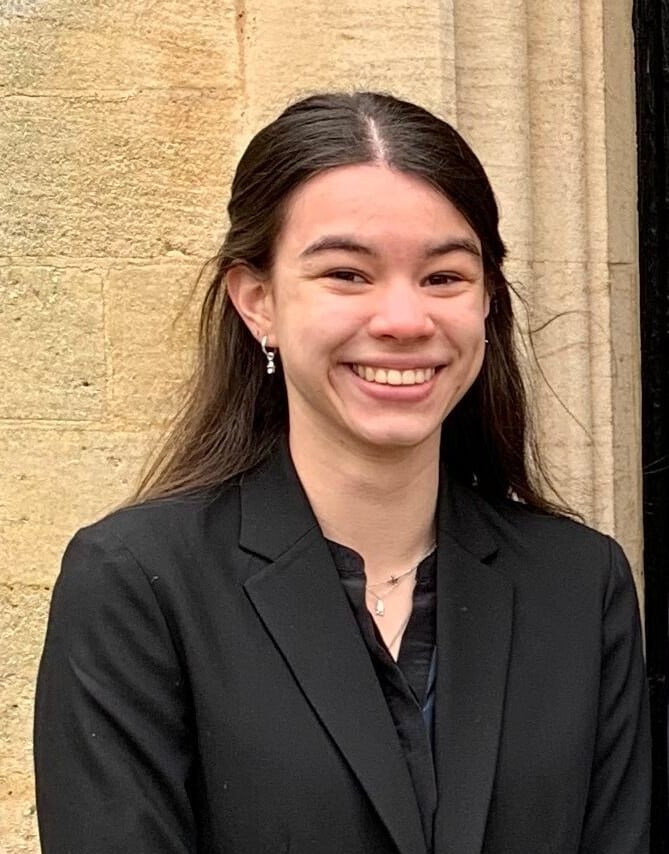
Tim Silcock, our Careers and UCAS Coordinator, delves into the prominent theories, highlighting their strengths and limitations, and ultimately emphasising the importance of the integrated approach that we take at Oakham School.
Matching Traits and Factors
Theories like Parsons’ “Trait and Factor Theory” laid the foundation for career guidance in the 1920s. This emphasises matching individual traits, such as interests and abilities, to specific job factors, like skills required and work environment. In the 1980s, Holland’s “RIASEC Theory” built upon this notion, categorizing individuals and work environments into six types – Realistic, Investigative, Artistic, Social, Enterprising, and Conventional (RIASEC) – facilitating a match between the two.
These theories offer a structured framework for initial exploration. However, many careers professionals argue that they oversimplify the complex interplay of individual characteristics and career choices as well as disregarding shifts in the job market. They can also contribute to stereotyping and limit individuals’ potential by focusing solely on existing categories, neglecting the dynamic nature of careers and individuals themselves. At Oakham we use the Morrisby Profiling tool in Form 4 and arrange feedback sessions during the first two terms of Form 5. Morrisby is, at heart, a matching tool and we use it as a way of starting a conversation with the student to explore what might work for them, taking their own views into account and jointly generating ideas and options. These can be refined at further meetings if the student wants to take the process further. The ‘Interests Tool’ on Unifrog is a RIASEC quiz which they can also take.
Embracing the Journey
Shifting the focus from static traits to continuous development, theories like Donald Super’s ‘Life-Span, Life-Space Theory’ recognize that career decisions occur throughout life. Super proposed stages like Exploration, Establishment, Maintenance, and Decline, highlighting how individuals navigate career choices at different points in their journey.
These theories acknowledge the fluidity of career paths and the continuous learning process involved. However, they may not sufficiently address individual differences in their journeys, and their emphasis on stages can sometimes create a sense of rigidity, potentially hindering exploration outside of expected “stages.”
The world of work is changing ever more rapidly with technological developments at the heart of this change. A ‘job for life’ has not existed for a generation. A ‘career for life’ is now equally unlikely. Research by the University of Queensland in 2023[1] suggests that “Gen Z” will have between 5 and 7 careers during their working lives. This stresses even more the need for adaptability and continuous development. Embrace the journey!
The Power of Interaction and Observation
Bandura’s “Social Learning Theory” emphasizes the role of learning through observation and interaction with others. Individuals develop their career interests and aspirations by observing role models, experiencing positive reinforcement for specific choices, and building self-efficacy, or their belief in their ability to succeed. This theory highlights the influence of social context and role models on career development.
However, the theory primarily focuses on individual learning and may not adequately account for broader societal factors like systemic barriers and unequal access to opportunities, which can significantly impact individuals’ career choices.
Considering Context and Agency
Newer theories address the limitations of earlier perspectives by emphasizing the importance of social context, cultural influences, and individual agency in career development. The “Social Cognitive Career Theory” by Lent, Hackett, and Brown integrates social learning theory with Bandura’s self-efficacy concept, acknowledging the interplay between individual characteristics, social factors, and external structures like economic conditions and support systems.
Additionally, feminist, and critical race theories highlight the influence of systemic inequalities like gender and racial bias on career opportunities and highlight the agency of individuals to navigate and challenge these limitations. These perspectives advocate for dismantling systemic barriers and empowering individuals to make informed choices within their unique contexts. Gottfredson’s model of Circumscription and Compromise demonstrates factors that can limit career choices because individuals limit themselves due to factors like gender roles, self-perceived limitations and societal expectations (Circumscription) and balancing their ideal aspirations with considerations like job availability and personal circumstances (Compromise).
Mitchell and Krumboltz’s theory of Planned Happenstance emphasises the importance of being proactive in creating opportunities by using chance events to lead to potentially positive career outcomes through networking, exploring new experiences and remaining open to unexpected opportunities.
Pryor and Bright’s “Chaos Theory of Careers” acknowledges the unpredictability of career development. It suggests that even the most meticulously planned careers can be disrupted by unforeseen events, market fluctuations, personal circumstances, and technological advancements.
Therefore, Chaos Theory emphasizes the importance of adaptability, flexibility, and resilience. It encourages individuals to develop a broad range of skills, be open to new opportunities, and embrace lifelong learning to navigate unpredictable career journeys.
Towards Integration
No single theory offers a complete picture of career development. The most effective approach involves an integrated perspective that draws upon various theories while acknowledging their limitations. This allows individuals to explore their interests, skills, and values within the context of their social environment, external structures, and personal agency.
Careers guidance professionals, including Dr Pearson and I, at Oakham School use different theories interchangeably, tailoring our approach to individual needs and circumstances. We use the Morrisby assessments to begin the conversation, while employing social learning and developmental perspectives to guide students through self-discovery and decision-making. Additionally, acknowledging the influence of context and systemic barriers allows us to be more inclusive and empowering in our guidance process. We direct students to online and physical resources which explore Labour Market Information (LMI) and summarise recent updates on that topic in our annual parental updates.
Ultimately, career guidance theories serve as tools for individuals navigating their career journeys. By integrating different perspectives and understanding their limitations, individuals can gain valuable insights into themselves and their options, empowering them to make informed and fulfilling career choices. We are proud to be a part of their journey.
[1] (How many career changes in a lifetime? – The Uni of Qld (uq.edu.au)





